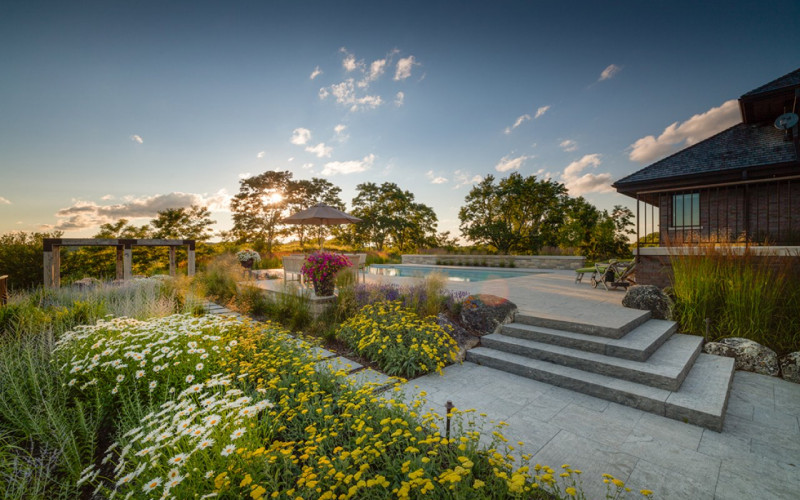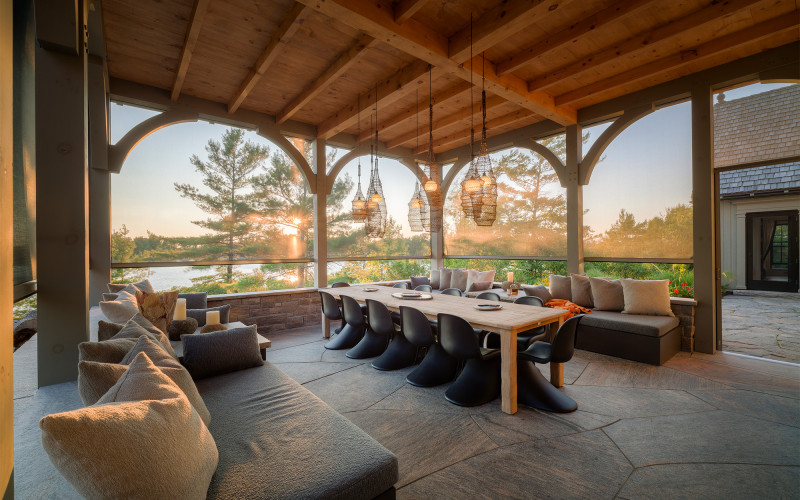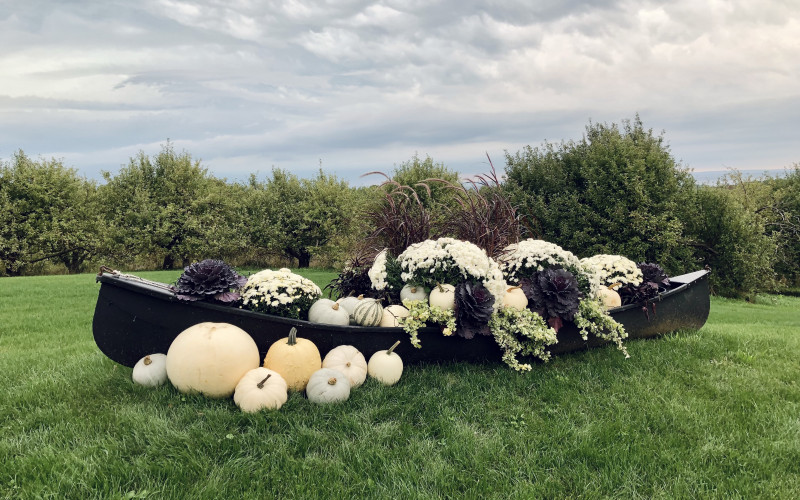Blog
How to Keep Your Shoreline Vibrant and Healthy
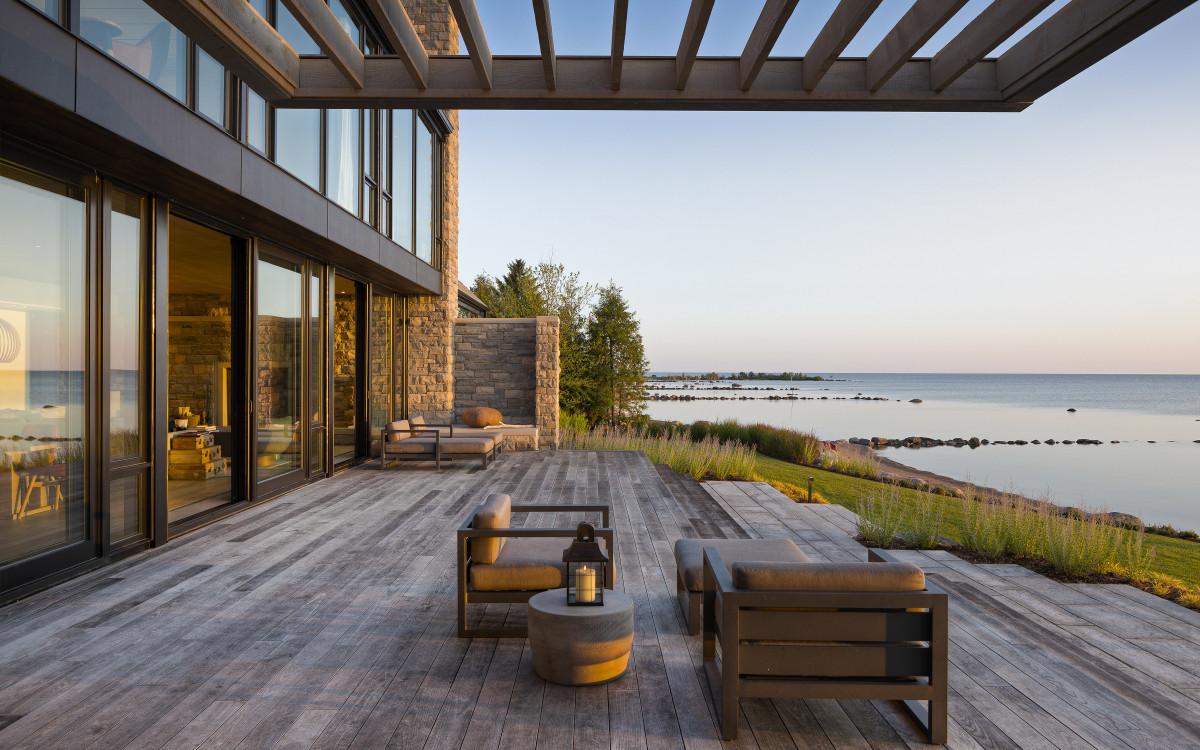
It’s hard to imagine a better place to live than the shores of the Georgian Bay — being able to step outside your back door to watch the sun sparkle on the water or head to the shore for a quick dip in the lake is a rare privilege.
But with privilege comes responsibility — shoreline ecosystems are fragile and easily disrupted, so we have an obligation to protect this magnificant shoreline and the animals and plants that call it home.
Our beautiful Georgian Bay shoreline is under stress. Communities are expanding and this development has taken a heavy toll on coastal wetlands — but the damage is not irreversible.
By being mindful of the impact your landscape has on the shoreline, you can help preserve — and improve — its natural integrity.
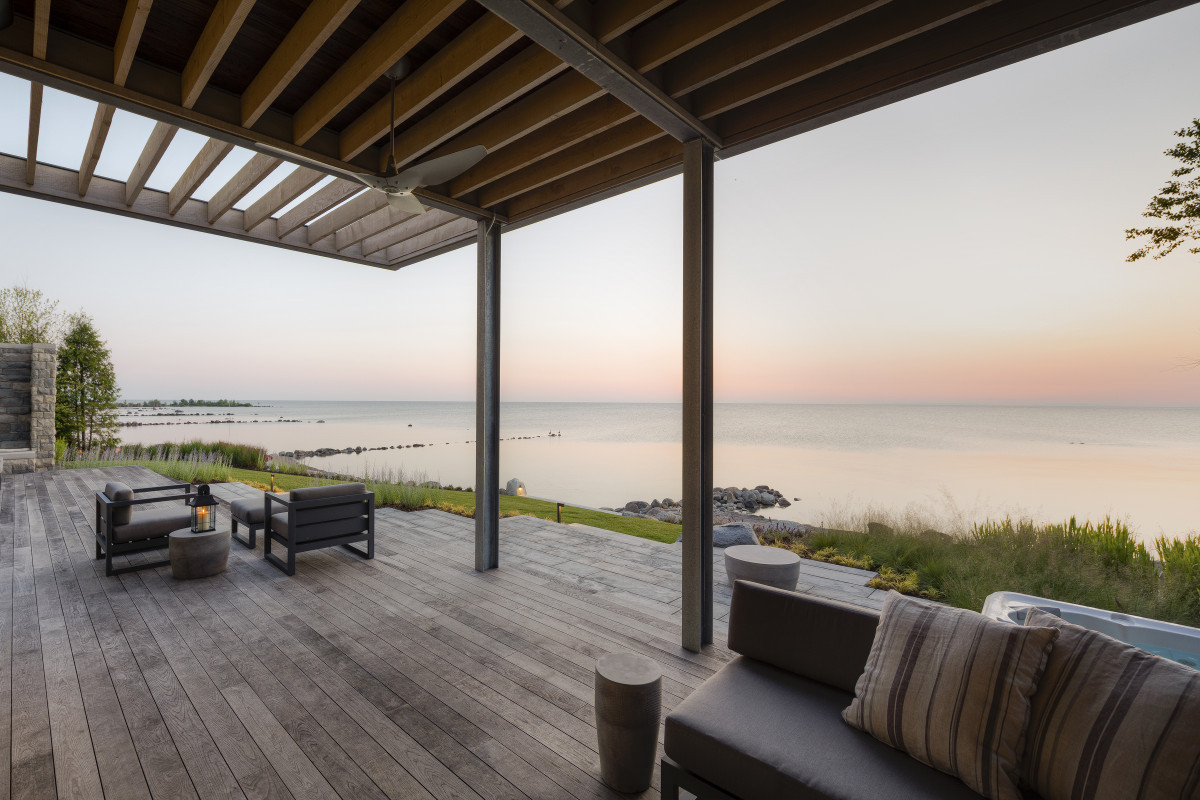
What makes a shoreline special?
Natural shorelines have four distinct zones, each playing a critical role in preventing erosion, stopping contaminants and keeping the lake vibrant and healthy.
The littoral zone — This is the area where your dock is located; from the water’s edge to roughly where the sunlight can no longer reach the bottom of the water.
The shoreline — A shoreline isn’t a well-manicured beach. The stones, plants, shrubs, fallen limbs, and tree trunks which comprise a natural shoreline all play a part in preventing erosion — the leading cause of pollution in many lakes and rivers.
The riparian zone — This is the buffer between the land and the shore. A thick layer of plants provides further defense against erosion and filters out impurities from surface run-off. It also provides a safe haven for coastal wildlife.
The upland zone — This area is typically forested with native trees that take advantage of better drainage. The trees help stabilize the slopes, cool the area with shade and protect the shoreline from winds.
Each zone has its own, unique function, but they work together in harmony. And like a game of dominoes, when one of these zones is compromised or altered, it affects all the other zones. Your shoreline is unable to protect the lake, and the lake slowly “dies,” unable to sustain life.
You can learn more about these zones and how you can help keep your shoreline healthy in
The Shore Primer — a free (and super helpful) resource for waterfront property owners from Fisheries and Oceans Canada.
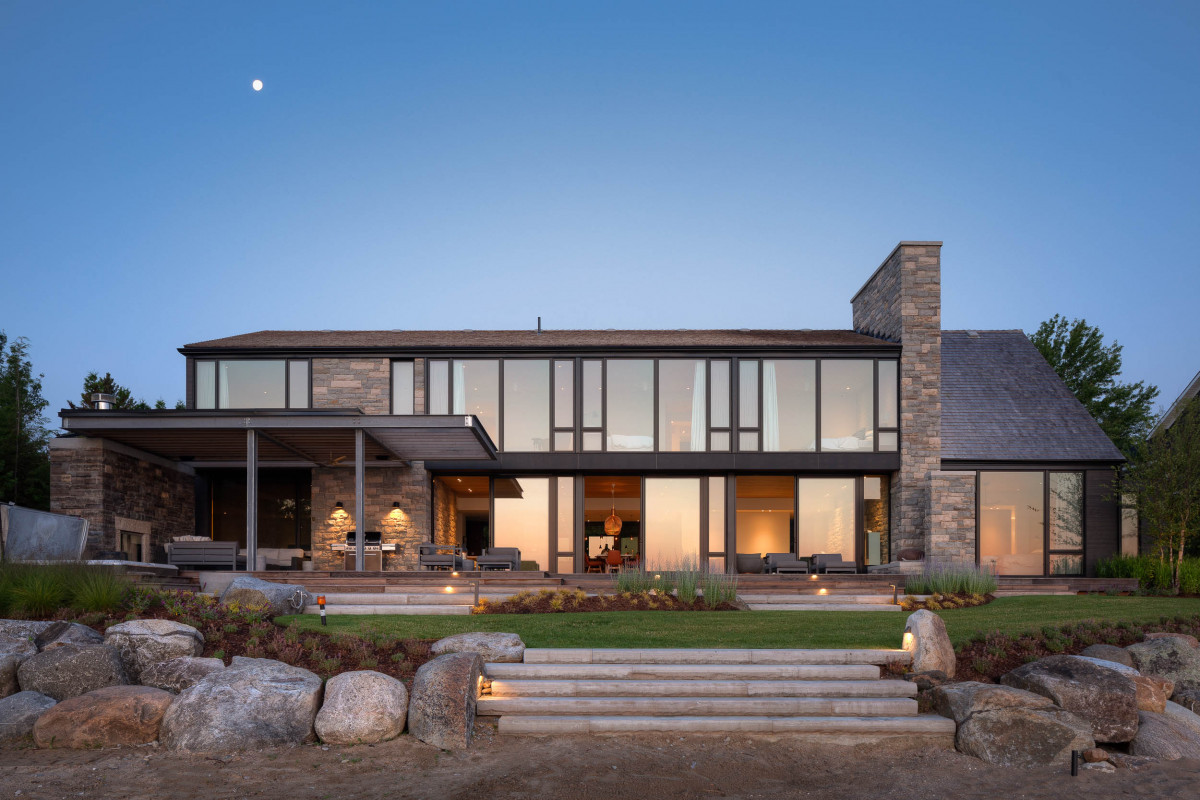
How are shorelines damaged?
Most shorelines are damaged by people. Homeowners want to improve their views and take full advantage of waterfront living, while tourism operators want to “clean up” the shoreline for their guests.
Below are some of the most common ways the shores of Southern Georgian Bay are damaged:
Clearing out trees, plants and shrubs that line the shoreline — so homeowners have a clear view of the water from their home, deck or patio — destabilizes the shoreline. By removing native shore vegetation, contaminants are no longer filtered, so they flow directly into the lake!
Dumping truckloads of sand along the shoreline to create a beach area completely destroys the littoral zone — smothering bottom-dwelling algae (a source of food for fish) and destroying spawning and nesting sites.
Building concrete breakwalls in an attempt to prevent shoreline erosion only serves to create “flanking erosion” — wave energy from the breakwall is reflected sideways along the shore, causing areas without protection to erode faster. These waves also disrupt the sediment at the bottom of the lakebed, creating a sterile environment devoid of life.
Adding a poorly-designed dock can damage and fragment your lake’s fragile habitat — so before you consider adding one to your property make sure it suits your shoreline. There are many different types to choose from, but we recommend using your dock as a “bridge” rather than tampering with the shoreline.
We all love to live, play and relax around the water, so it’s in our best interest to work with nature when considering your landscape design. That way you can continue to enjoy your property for years to come!
And if your shoreline already shows some damage, not to worry. There are a variety of shoreline restoration techniques you can use to revitalize your shoreline.
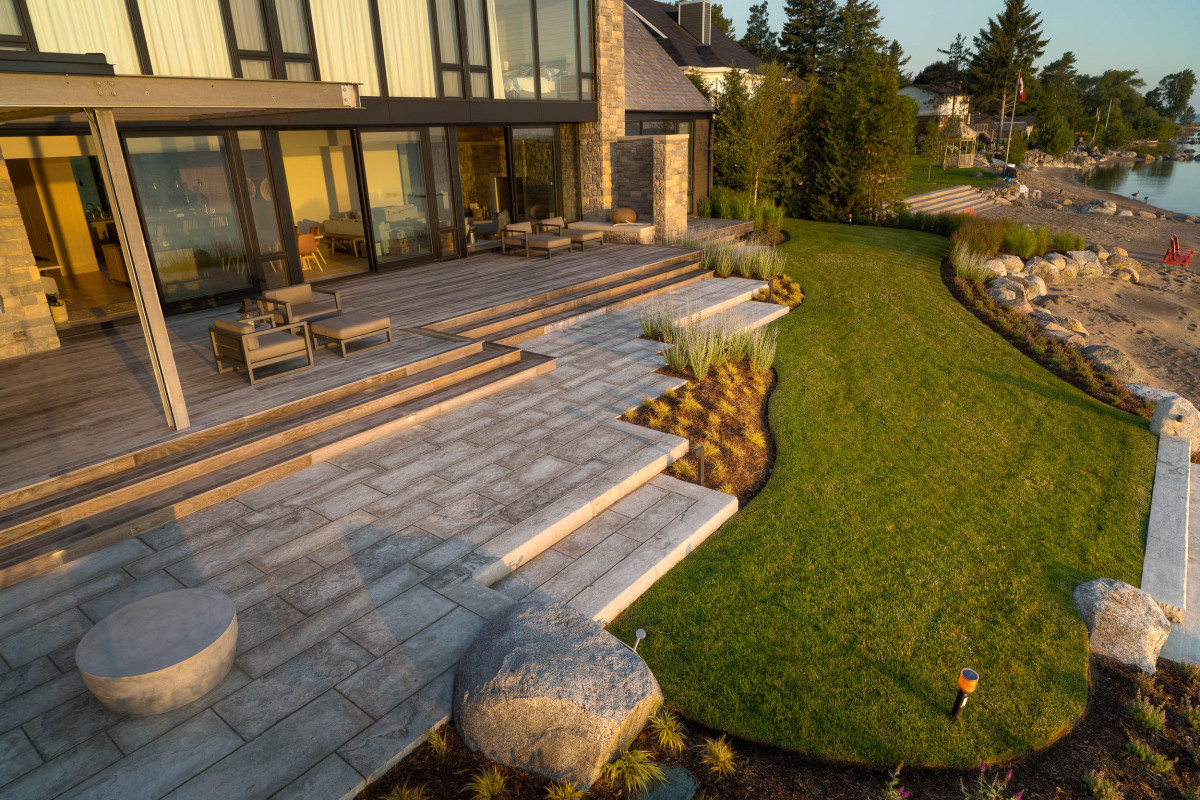
How you can protect your shoreline
Here are some basic strategies for protecting your shoreline:
Naturalize your lawn care and consider replacing some areas of your lawn with native plants, shrubs and trees. This natural buffer looks great and protects the lake from pollution and erosion — so you have nice, clean water to dip your toes in!
Switching to a floating dock or other “shore-friendly” dock system is better for the lake than a permanent docking system. They’re quick and easy to install and adjust perfectly to different water levels — making it easy for you to hop on and off your watercraft.
Replace concrete retaining walls with a natural-looking buffer of trees and shrubs. Much nicer to look at than a slab of concrete, and just as effective.
No doubt about it, the Southern Georgian Bay is a wonderful place to live — for people, plants, fish and wildlife. And we want to keep it that way.
If you’d like some help designing your landscape to help restore or maintain your natural shoreline, please reach out to our design experts.
We’ll show you how you can swim, boat or just relax around the water to your heart’s content — making sure your kids and your grandkids will have the opportunity to enjoy it too.
